Relocating to a new city always starts with hope—more space, a better job, maybe a fresh start. But once the honeymoon phase wears off, some transplants find themselves stuck in places that don’t quite live up to the brochure. Whether it’s unbearable traffic, sky-high living costs, or a sense that the “vibe” is just wrong, plenty of locals have gone on record saying they regret the move. If you’re considering a relocation, take note: these 15 cities have sparked more than a few “what were we thinking?” moments.
1. Seattle, Washington
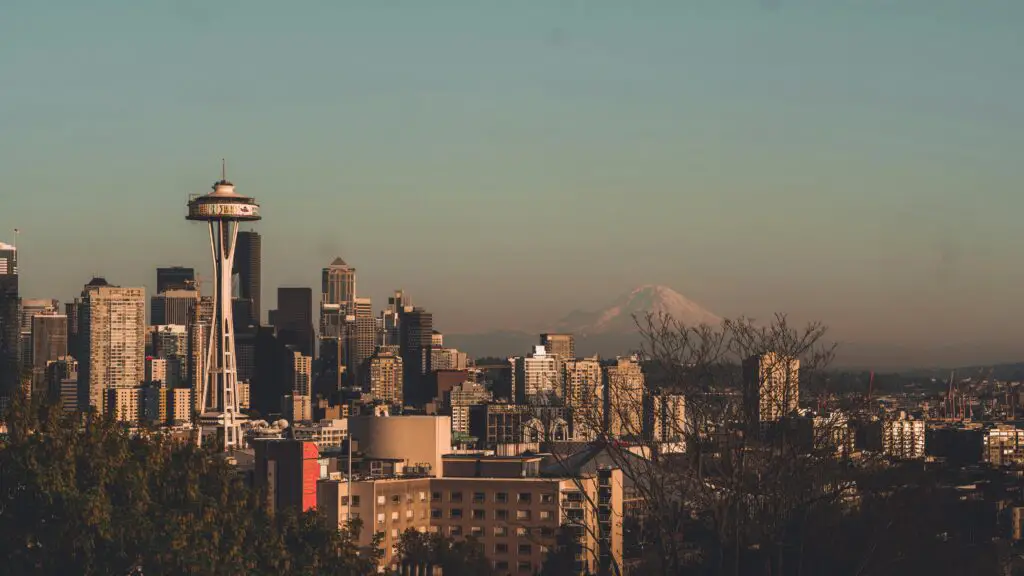
Seattle’s natural beauty and booming job market once made it a dream move, especially for tech workers. But as Forbes points out, the city now struggles with staggering housing costs, rising homelessness, and a “perma-gloom” weather pattern that affects many transplants’ mental health. The gray skies and isolation can feel like a trap once the novelty of mountain views wears off. People expecting vibrant city life often find it surprisingly cold—both in climate and community.
Tech burnout is real here, and many remote workers say they feel stuck inside for months on end. Parking is nearly impossible in popular areas, and crime has increased in some urban neighborhoods. The “green” lifestyle is appealing, but it’s not enough to outweigh the high costs and seasonal depression for some. After a couple of damp winters, many newcomers are already browsing flights to sunnier pastures.
2. Los Angeles, California

Sure, the palm trees and movie magic are iconic, but according to U.S. News, Los Angeles consistently ranks low in quality-of-life metrics due to congestion, cost of living, and poor air quality. Locals often cite traffic as a soul-crushing, daily ordeal that eats away at any sense of spontaneity. The dream of a beach lifestyle often crashes into the reality of $5,000/month rent and smog alerts. Many residents feel like they’re paying luxury prices for a city that doesn’t give much back.
Beyond the freeways, there’s also a growing feeling that L.A. is too disconnected—both physically and socially. Neighborhoods are spread out, so friendships require planning and a full tank of gas. Add in wildfire smoke and the ever-present risk of earthquakes, and it’s easy to see why regret creeps in. The weather’s nice, but sometimes it’s not enough.
3. Phoenix, Arizona
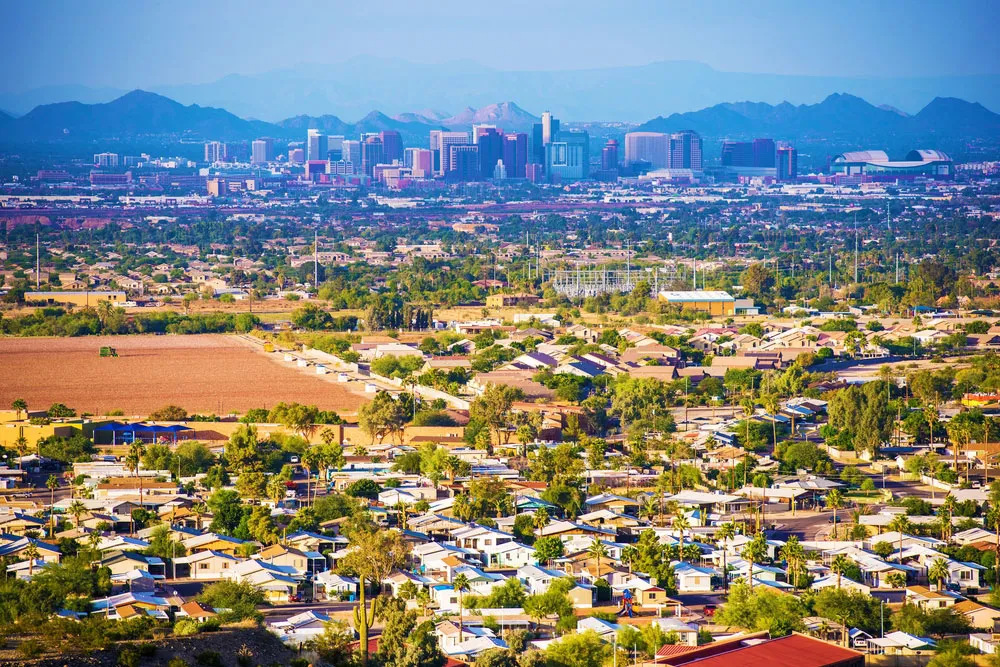
Phoenix is one of the fastest-growing cities in the U.S., but many residents say the desert dream isn’t what it’s cracked up to be. As noted by CNBC, high temperatures are stretching longer into the year, with more than 50 days annually reaching 110°F or more. Air conditioning bills can rival a car payment, and outdoor activities are limited for much of the year. Those expecting affordable living also face sticker shock as rents and home prices have soared post-pandemic.
Beyond the heat, sprawl makes the city feel impersonal and disconnected. Public transit is limited, so most people spend hours in their cars each week. And despite the growth, cultural and recreational options still lag behind comparably sized cities. Many newcomers end up fleeing back to greener (and cooler) pastures after just a few years.
4. Austin, Texas
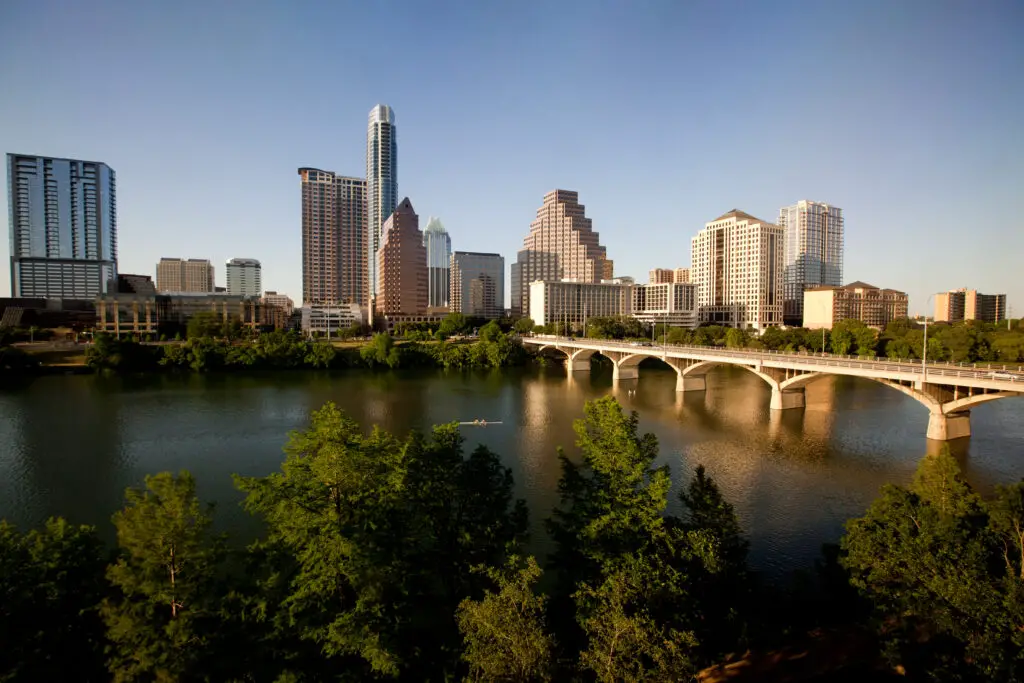
Austin’s popularity exploded over the past decade, but the charm has started to fade for many newcomers. As noted by Zillow, home prices in Austin surged more than 60% from 2020 to 2022, pushing out the very artists and creatives that made the city cool in the first place. Add in choking traffic, chronic construction, and triple-digit summer temps, and the city’s appeal wears thin fast. Former fans often say the “weird” has been replaced by overpriced tacos and tech bros.
Locals who came for the laid-back lifestyle are now stuck in rental bidding wars and hour-long commutes. Longtime residents mourn the loss of old haunts and authentic culture, replaced by boutique hotels and branded coffee. And those hoping for outdoor fun find themselves dodging scooters and sweating by 10 a.m. It’s no surprise many wish they’d left Austin on the bucket list, not the lease.
5. Las Vegas, Nevada
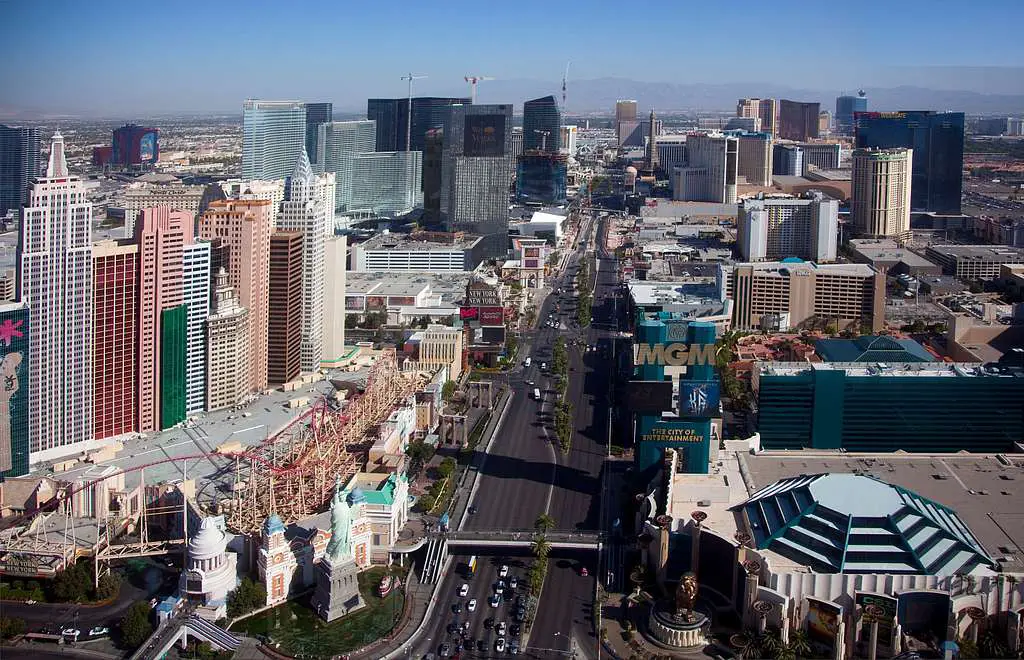
Las Vegas might seem like a fun and flashy place to land, but the novelty fades fast for many residents. Outside the Strip, the city has limited green space, and summer heat regularly tops 110°F. Many neighborhoods suffer from poor infrastructure, underfunded schools, and a lack of public transportation. The party vibe doesn’t translate to daily life, especially for families or those seeking peace and quiet.
Jobs here can also be unstable, as much of the economy is tied to tourism and hospitality. Locals often say the entertainment options feel repetitive after a few months. And when you want to get away, you’re hours from any major city or coastline. Living in Vegas full-time can start to feel like being stuck in a casino with no exit.
6. Atlanta, Georgia
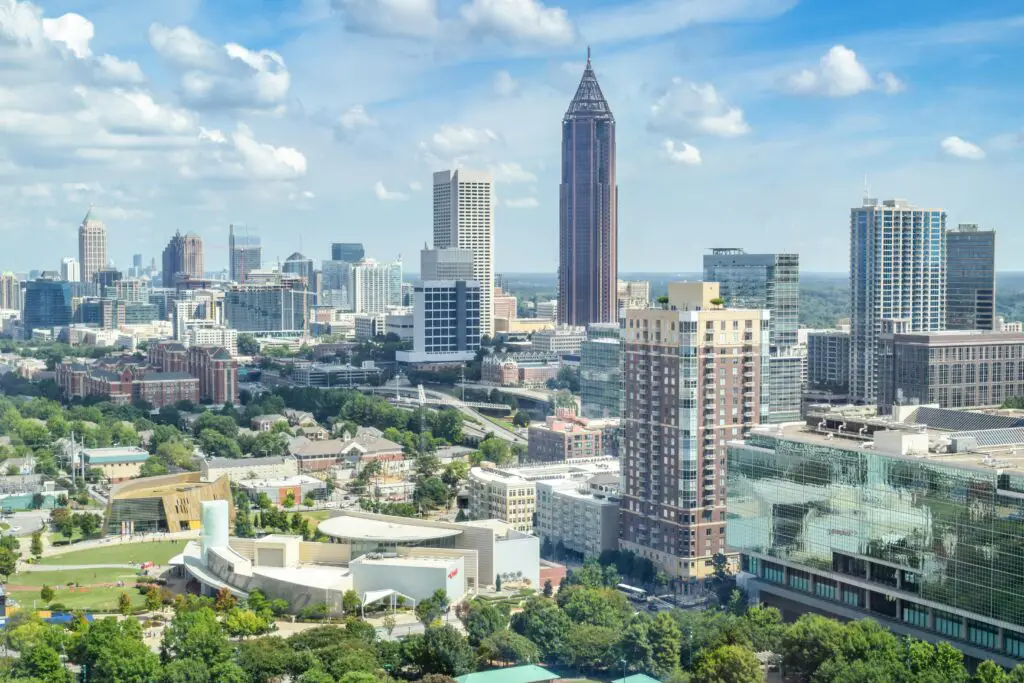
Atlanta’s booming job market and Southern charm pull in plenty of newcomers—but the city doesn’t always deliver. Traffic is famously brutal, with some commuters spending more than two hours a day on the road. The public transportation system is limited, especially in sprawling suburbs where many transplants end up. And while housing can be more affordable than coastal cities, property taxes and utilities can creep higher than expected.
Humidity and long pollen seasons also take a toll, especially on people with allergies or asthma. Despite its cultural richness, Atlanta’s city planning makes it hard to enjoy it without a car. Many people say they felt isolated or overwhelmed shortly after arriving. It’s a classic case of “looked great on paper, turned into a headache.”
7. Denver, Colorado
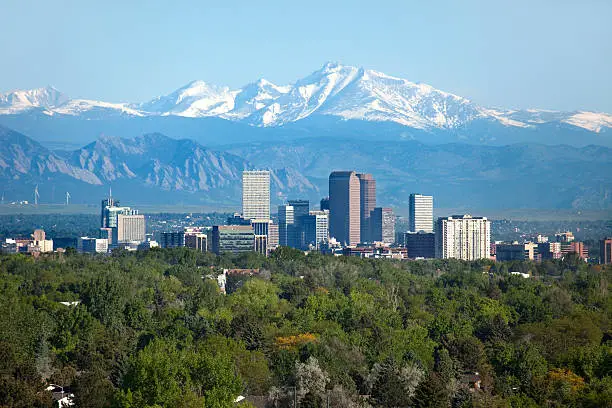
Denver used to be a hidden gem, but it’s now crowded, expensive, and—according to many locals—losing the laid-back vibe that once defined it. Real estate prices have skyrocketed, and rentals aren’t far behind. Traffic is getting worse, especially with constant construction and an influx of new drivers. And the outdoor lifestyle that lured people in is often marred by wildfire smoke and unpredictable weather.
There’s also a growing sentiment that Denver has been “Californicated,” with many blaming outsiders for driving up costs and changing the city’s culture. Public schools vary widely in quality, and some neighborhoods lack the services you’d expect for the price. And if you’re not into hiking or skiing, locals say the lifestyle can feel one-note. Many residents leave feeling that Denver’s charm didn’t justify the costs.
8. Portland, Oregon
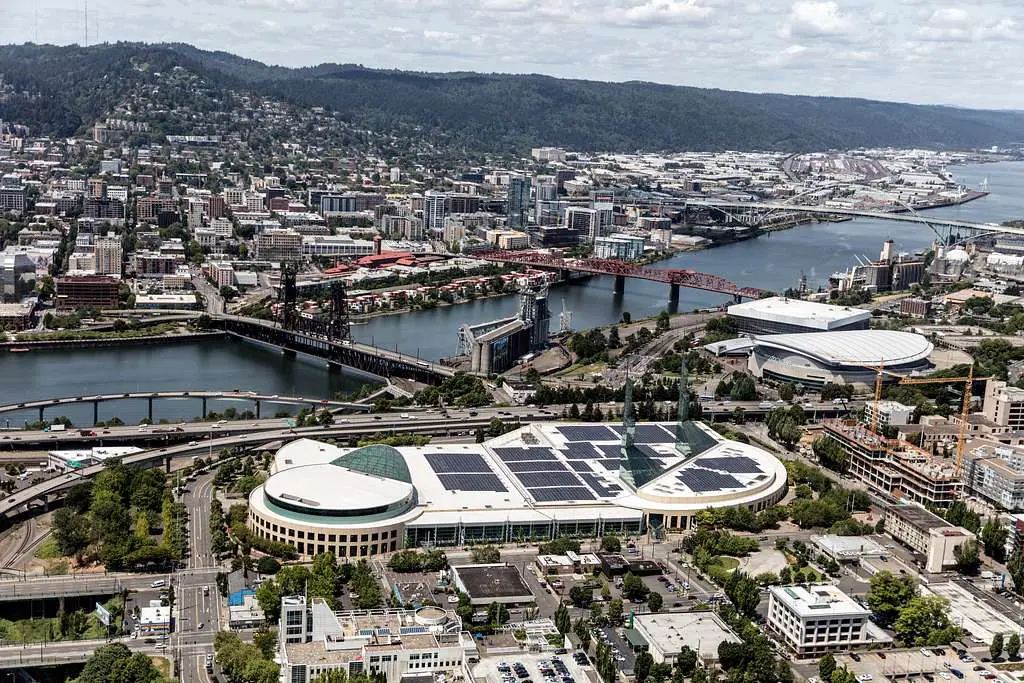
Portland has long been seen as a quirky, progressive haven—but recent years have brought new challenges that frustrate locals. Political unrest, rising homelessness, and an uptick in petty crime have changed the feel of once-idyllic neighborhoods. The gray, rainy weather doesn’t help, especially for newcomers used to sunshine. Many say the city feels like it’s in limbo between its weird roots and an uncertain future.
Affordable housing is scarce, and gentrification has pushed many out of the central neighborhoods that once gave Portland its identity. Traffic and bike infrastructure haven’t kept pace with population growth. Some residents complain that local leadership has failed to address key issues. The result? A lot of people who once loved Portland are now packing up.
9. San Francisco, California
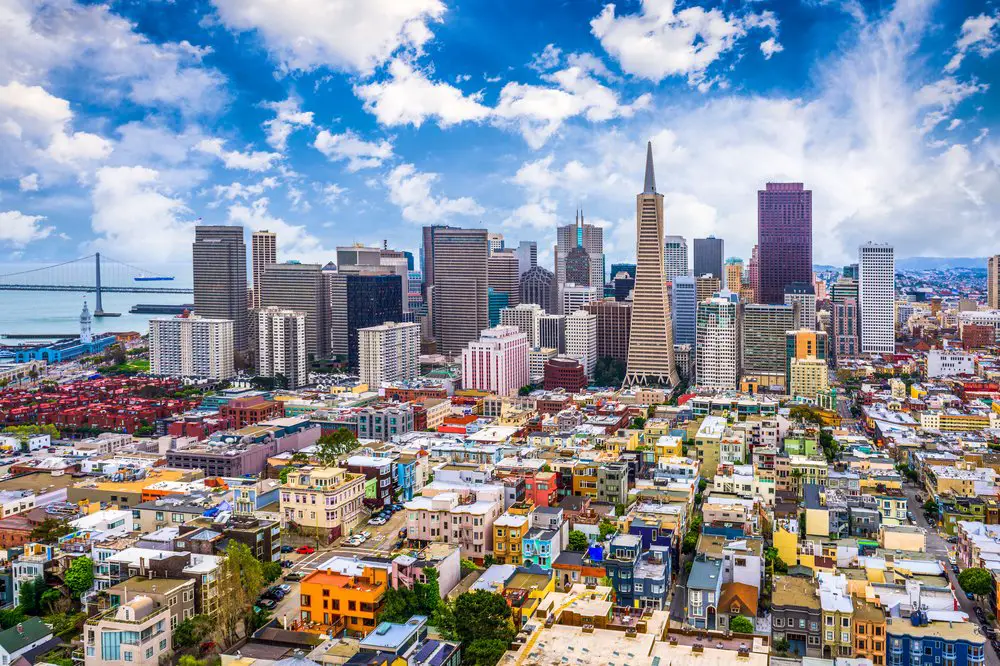
San Francisco’s beauty and innovation can’t be denied—but neither can the sky-high prices and housing crisis. Rent for a one-bedroom often rivals a mortgage elsewhere, and the city’s growing wealth gap is painfully visible. Many streets are plagued by cleanliness issues, and public safety has become a hot-button topic. For many, the tech boom brought opportunity, but not comfort or affordability.
Living in San Francisco can feel like constantly doing math to see what you can afford this week. The fog, once a charming quirk, becomes another layer of gloom when paired with burnout. Longtime residents say the city has lost its soul in the shuffle. A lot of transplants leave feeling disillusioned—and broke.
10. Chicago, Illinois
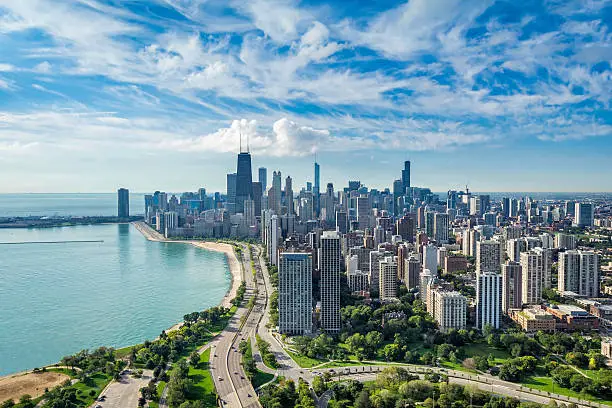
Chicago offers incredible food and architecture, but winters are punishing and crime statistics often scare off newcomers. The city’s taxes are among the highest in the country, and public services don’t always reflect that investment. People moving from smaller towns often feel overwhelmed by the sheer scale of the city. And if you’re not prepared for the endless freeze, seasonal depression can set in hard.
Traffic can be just as bad as coastal metros, and parking tickets are a constant source of rage. Despite the iconic skyline, many residents spend most of their time indoors to avoid weather or safety concerns. Neighborhoods vary dramatically, so where you land makes a big difference. A lot of people come for the promise of big-city life—and leave searching for peace.
11. Miami, Florida
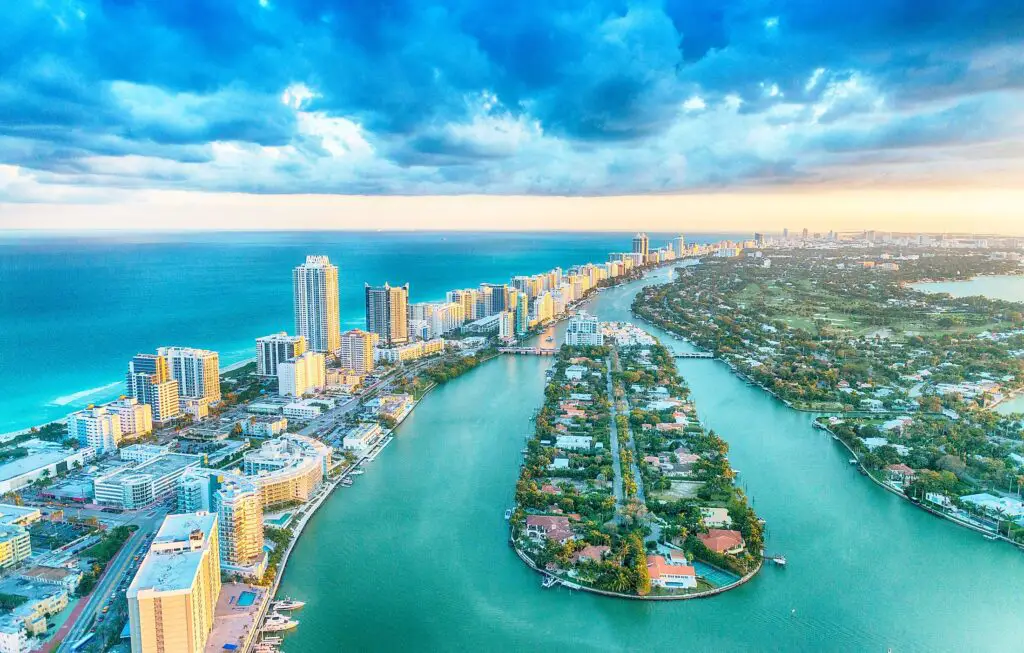
Miami looks like a tropical dream on Instagram, but the day-to-day experience can feel chaotic and isolating. The cost of living is rising fast, while wages in many sectors remain stagnant. Heat and humidity are relentless, and hurricane season brings regular anxiety. If you don’t speak Spanish, it can also be difficult to fully integrate into some parts of the city.
Traffic is intense, and public transport is limited compared to other large cities. Locals often say it’s hard to find community, as people tend to come and go. Service industry frustrations and noisy nightlife wear down even the most energetic newcomers. The city may shine bright, but for some, it burns out quickly.
12. Salt Lake City, Utah
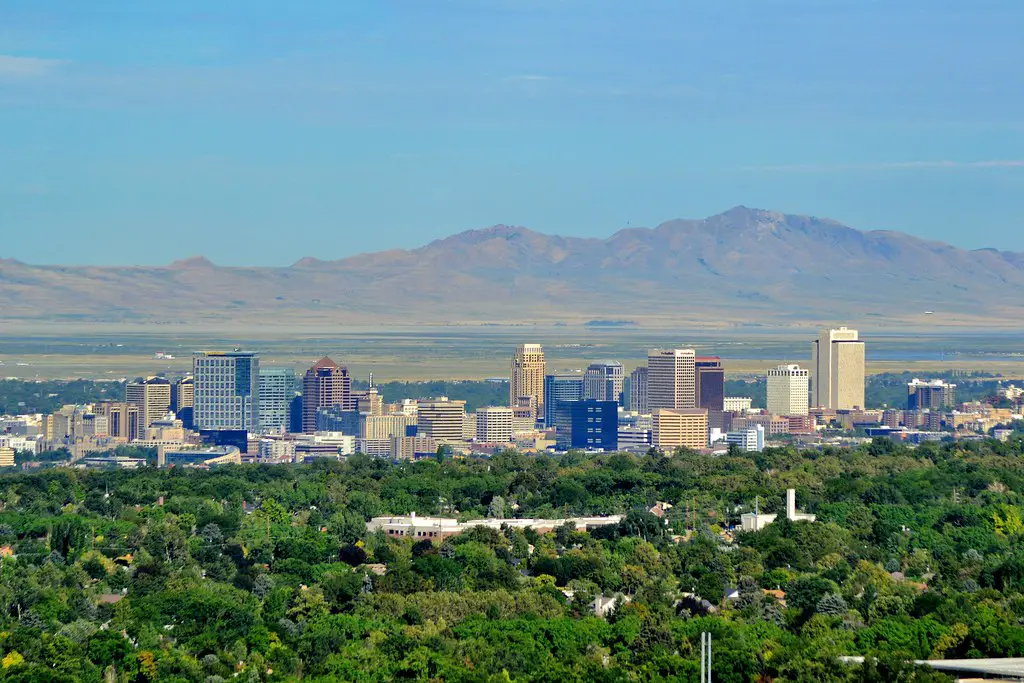
Salt Lake City has stunning surroundings, but culture shock can be real for outsiders. Many newcomers struggle with the conservative and religious undertones that still influence aspects of daily life. Liquor laws are restrictive, and nightlife can feel tame compared to other cities. The growing tech scene has also pushed up home prices and rents.
While outdoor access is incredible, air quality suffers due to winter inversion and wildfire smoke in summer. Public transportation isn’t always convenient, especially for people living outside the downtown core. Some transplants find the social circles hard to break into. After a year or two, the mountains can feel more like barriers than backdrops.
13. Philadelphia, Pennsylvania
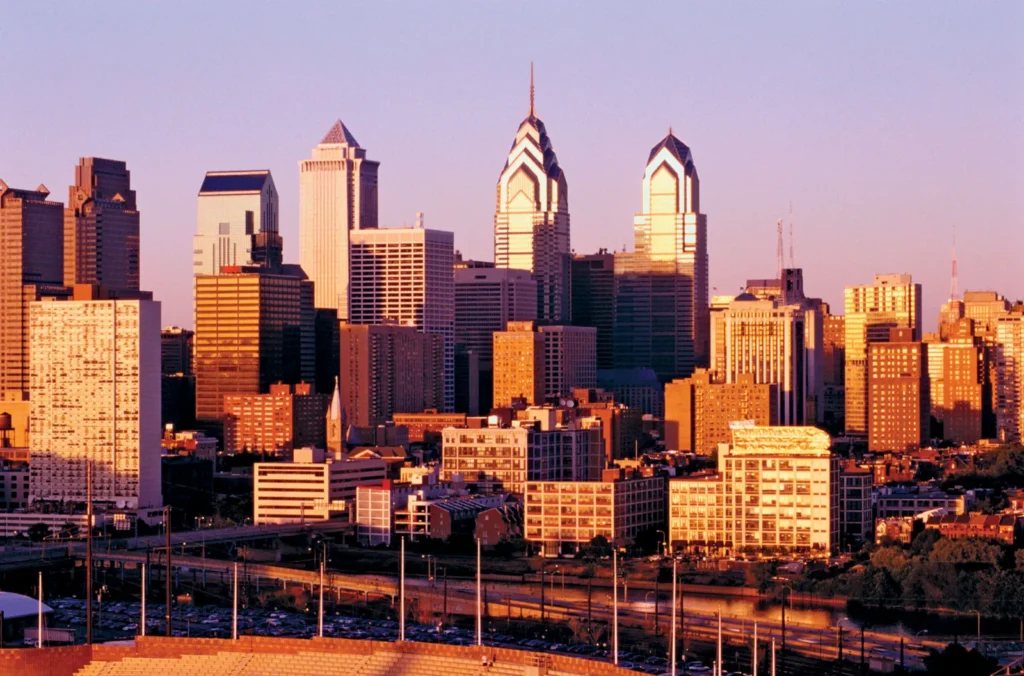
Philly has grit and history, but it’s not an easy place to adapt to. Locals are fiercely loyal, and transplants can feel like outsiders for a long time. Crime is a persistent concern in many neighborhoods, and public services can be hit or miss. Winters are icy, summers are muggy, and potholes are year-round.
People who came for East Coast culture sometimes leave feeling beaten down by the reality. Parking is famously awful, and many city departments are known for bureaucracy and long wait times. Food is fantastic—but it’s not enough to carry the whole experience. For many, Philly is a tough city to love unless you’re born into it.
14. Houston, Texas
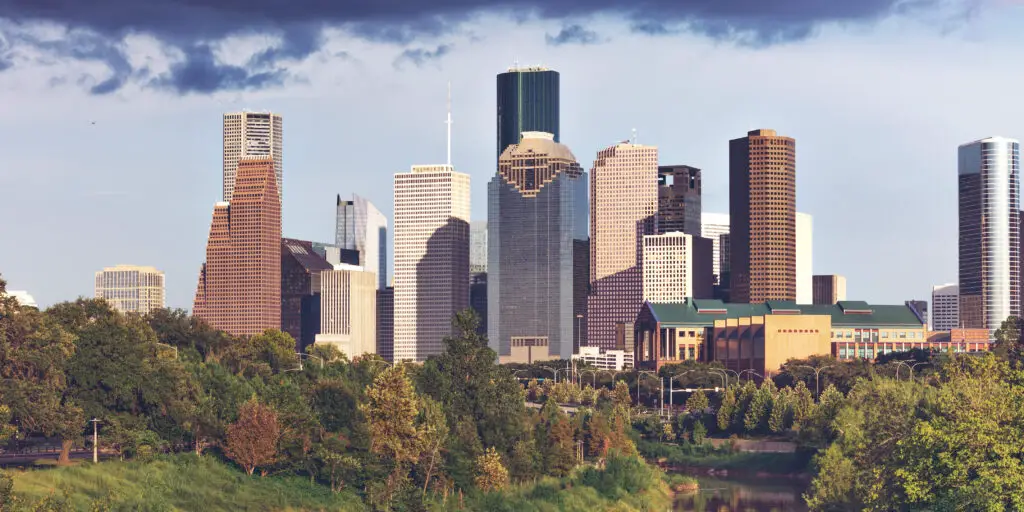
Houston boasts affordability and diversity, but life here can feel like one long commute. The city is incredibly spread out, and traffic is made worse by frequent flooding and construction. Humidity levels are brutal, and summer temps rarely dip below 90°F, even at night. Public transit options are minimal, so a car is essential—and expensive.
Locals say it’s hard to feel like you’re “in” the city because everything is so far apart. Flooding and power outages are common, adding another layer of unpredictability. The food scene is impressive, but the daily grind can wear people down. Many who move here for jobs end up leaving once they find an opportunity elsewhere.
15. New Orleans, Louisiana
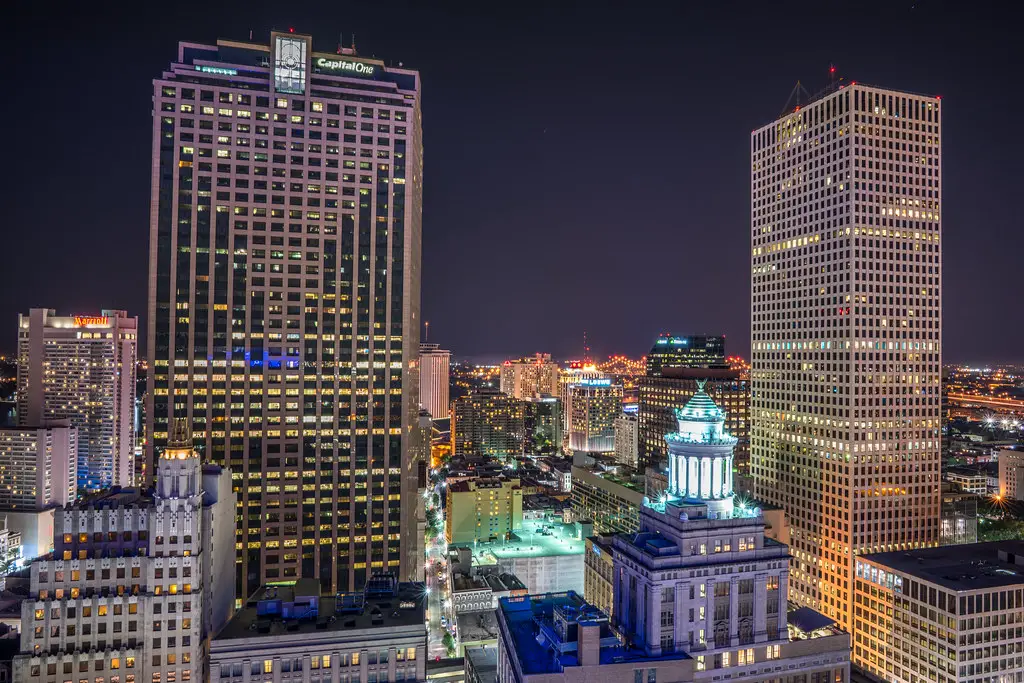
New Orleans has soul, music, and food—but also struggles that drive some residents away. Infrastructure is aging, and potholes, power outages, and boil-water advisories are surprisingly common. The economy is still recovering from past hurricanes, and job opportunities are limited in many fields. Public schools and healthcare services also leave much to be desired.
Crime rates in some neighborhoods are concerning, and some newcomers never quite adjust to the slower pace and unique rhythms of life. Flood risk adds stress every hurricane season, even with levee improvements. It’s a magical place to visit, but a tough one to live in year-round. Many people leave with great memories—and no intention of returning permanently.
